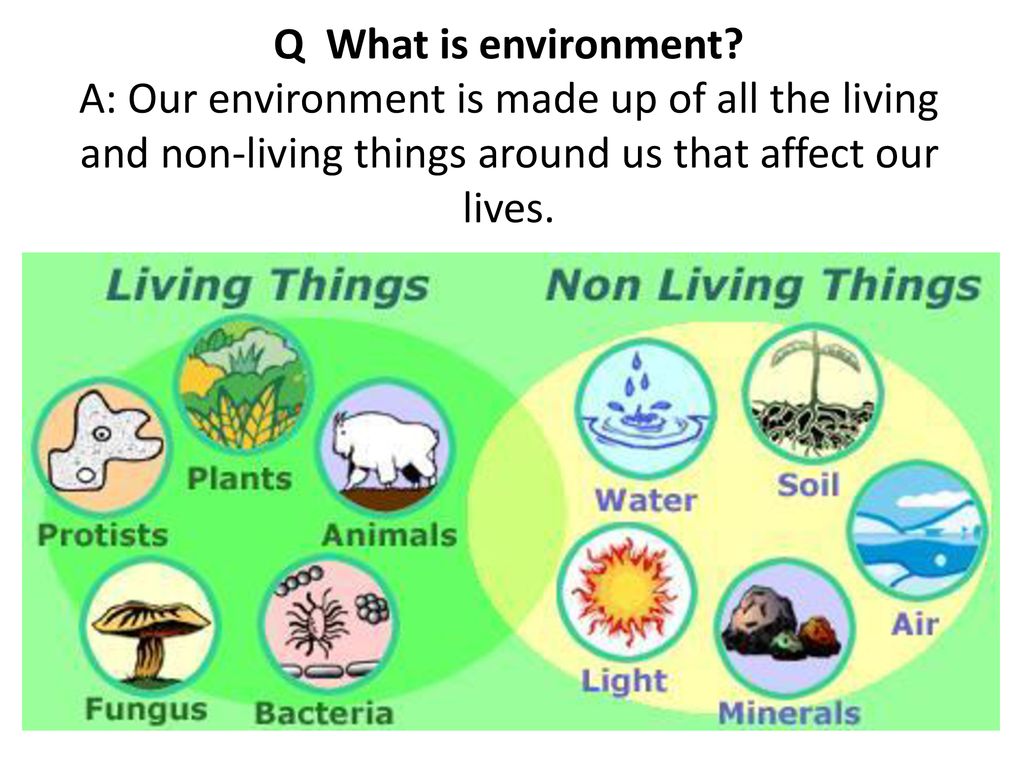SHS Integrated Science – Diversity of living and non-living things 3

A: Our environment is made up of all the living and non-living things around us that affect our lives..
This lesson contains SHS1 Integrated Science tips, questions, and answers on the Diversity of living and non-living things. The facts and titbits are as follows.
Diversity of living and non-living things Section 1
The two main individuals involved in the biological classification of living things are…..Aristotle and Carolus Linnaeus
Give a historical background of the biological classification by Aristotle:
Aristotle lived around 384-322 BC
He was a Greek philosopher and a biologist (naturalist)
Aristotle was one of the earliest scientists who came out with a system of classification.
Aristotle’s classification was based on the similarities and differences between the organisms.
He classified animals by looking at the way they moved and put them together. Eg. flying animals, running animals, etc
He also classified animals based on whether they possess red blood or not.
Aristotle also classified plants based on their appearance and size and grouped them into trees, shrubs, and herbs
Aristotle’s way of classification was not good enough because there was no natural relationship among members in a group.
Aristotle’s method was used for about 2000 years before being replaced by another system of classification by Carolus Linnaeus.
Give a historical background of the biological classification by Carolus Linnaeus:
Carolus Linnaeus was a Swedish botanist.
He lived around 1707 and 1778
His system of classification was called the natural system.
Carolus Linnaeus system was based on the natural relationships and it brought together organisms according to the things they have in common.
Plants and animals were classified on the basis of their body structures.
This system gave each organism its own distinct two-part name called Binomial system.
According to Carolus Linnaeus, every living organism belongs to seven (7) ranks.
Similarities among organisms increase as one goes down the group from the highest taxa to to the smallest.
Carolus Linnaeus system of classification is what is in use today.
Read: SHS 1 Integrated Science: Introduction to Science questions & answers 2
Diversity of living and non-living things Section 2
The seven (7) major labels or ranks or taxa are : kingdom phylum/division class order-family genus species
The first, highest and the largest taxon or rank is the …Kingdom.
In the binomial system of classification of plants, the taxon division is used in place of the …phylum.
Similarities within a group increase from the largest to the…. Smallest.
The five main kingdoms for living things…kingdom animalia, kingdom plantae, kingdom fungi, kingdom Protoctista and kingdom prokaryotae.
Give a brief description of the seven taxa (label) of living things according to Carolus Linnaeus….
Kingdom is the largest taxa, and organisms at this level may have some characteristics in common. Organisms are not as much related as those in the phylum rank. There are five (5) main kingdoms.
Phylum is a sub-group within the kingdom. In the phylum, the organisms may have a common body plan. Organisms at this level are not as closely related as that of class rank.
Class is a sub- group within phylum. Organisms in the class have more common characteristics than those in the phylum rank.
Order is a subgroup within a class. Organisms in an order have more common characteristics than those in a class.
Family is a sub-group within a class. Organisms in a family have more common characteristics than those in order of rank.
Genus is a subgroup within the family. Organisms in the family have more common characteristics than those in the family rank but cannot interbreed to produce fertile offspring.
Species is a subgroup within genus. Organisms in species are much alike in structure, function and characteristics than those in the Genus rank. They can interbreed to produce fertile off springs. Species is the smallest rank and the unit of classification.


 Civil Service Announces 2024 Online Examination Details for Graduate Applicants
Civil Service Announces 2024 Online Examination Details for Graduate Applicants  BREAKING: President Biden Announces Decision Not to Seek Reelection
BREAKING: President Biden Announces Decision Not to Seek Reelection  Real Reason Behind the Appointment of Yohunu as Deputy IGP
Real Reason Behind the Appointment of Yohunu as Deputy IGP  GES 2024-2025 Academic Calendar for Public Schools
GES 2024-2025 Academic Calendar for Public Schools  GES to recruit university graduates and diploma holders-GES Director General
GES to recruit university graduates and diploma holders-GES Director General  Dr. Bawumia’s Smart Phone Credit Will Take 125 Years To Repay: A Misleading Promise
Dr. Bawumia’s Smart Phone Credit Will Take 125 Years To Repay: A Misleading Promise  GES is expected to announce reopening dates for public schools today
GES is expected to announce reopening dates for public schools today